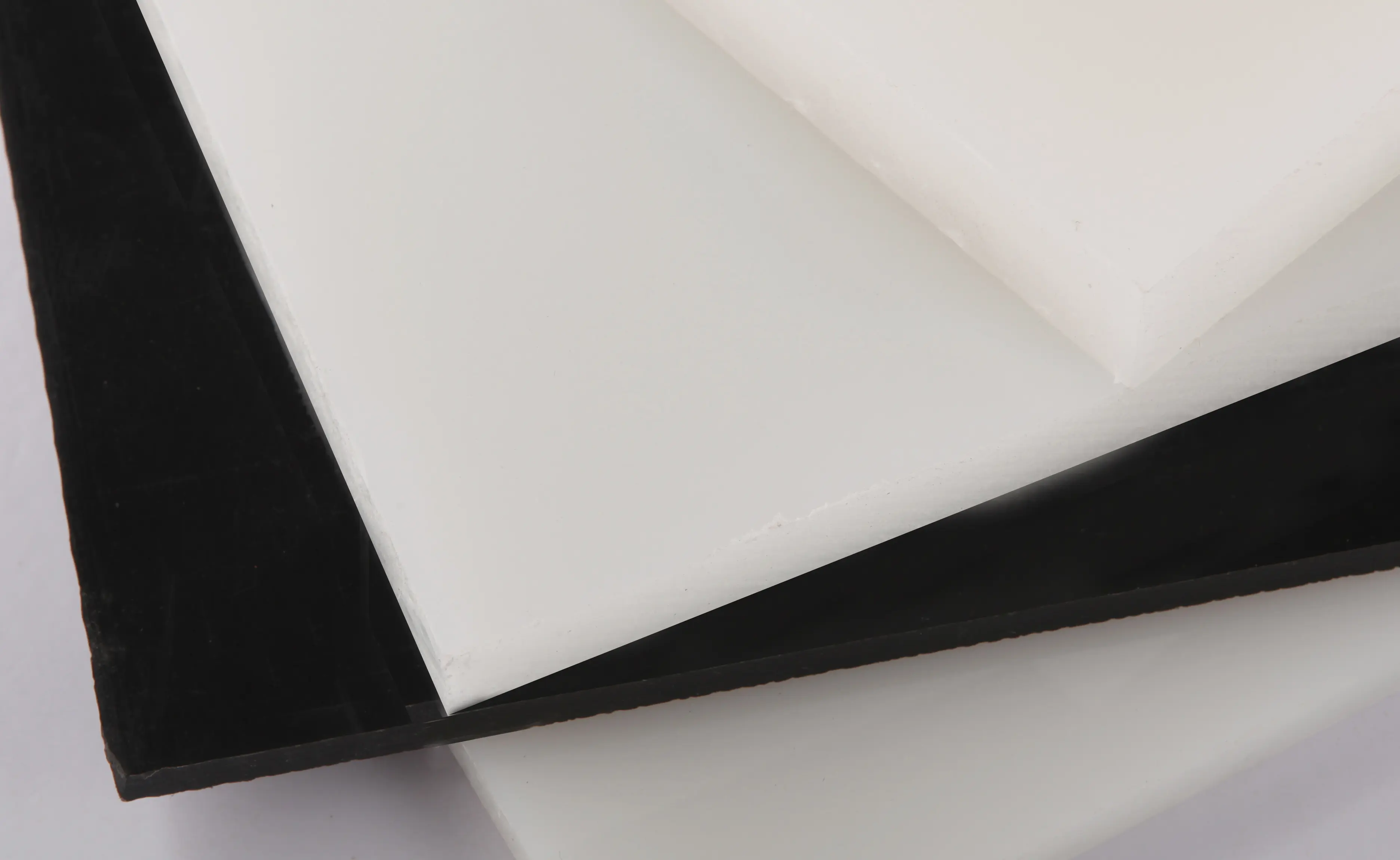Nov . 07, 2024 13:01 Back to list
HDPE Pipe Electrofusion Welding Techniques and Best Practices for Efficient Joins
Understanding HDPE Pipe Electrofusion Welding
High-Density Polyethylene (HDPE) is a widely used thermoplastic polymer, known for its high strength-to-density ratio and excellent resistance to various chemical environments. It is often utilized in pipe systems for water distribution, gas supply, and sewage disposal. Among the methods used to join HDPE pipes, electrofusion welding stands out as one of the most reliable and efficient techniques available.
What is Electrofusion Welding?
Electrofusion welding is a process that uses electric current to heat an internal conductive wire embedded within an electrofusion coupling. When the HDPE pipes are connected through the coupling, the heat generated by the resistance of the wire melts the material, allowing the two surfaces to fuse together as they cool. This process creates a strong, homogeneous joint that is as reliable as the pipe itself.
Advantages of Electrofusion Welding
1. Strength and Durability The high integrity of electrofusion joints ensures that they can withstand high pressure and various environmental stresses, making them suitable for a wide range of applications.
2. Reduced Risk of Leakage Since the welding process results in a continuous thermoplastic joint, the risks of leaks due to mechanical stress or thermal contraction are significantly diminished.
3. Versatility Electrofusion fittings can be used with a range of pipe sizes and configurations, making it a versatile choice for different plumbing and piping needs.
4. Speed and Efficiency The electrofusion process can be completed quickly, allowing for faster installation and reduced downtime in construction projects.
5. Minimized Installation Skills Unlike some traditional welding methods that require skilled labor, electrofusion welding is relatively easy to learn and implement. The process often requires less manual intervention, reducing the chances of human error.
The Electrofusion Welding Process
The electrofusion welding process involves several critical steps to ensure a successful joint
1. Preparation Both the pipe ends and the electrofusion couplings must be cleaned and inspected to remove any dirt, dust, or contaminants. Proper preparation is essential to achieve a strong bond.
hdpe pipe electrofusion welding

2. Alignment Ensure that the pipes are aligned accurately, with the ends placed tightly against the coupling.
3. Connection The welding machine is connected to the electrofusion coupling. The operator enters the specific welding parameters, including voltage and time, based on manufacturer specifications.
4. Welding The machine applies current to the internal wire, generating heat and melting the HDPE around the coupling. Care must be taken to avoid overheating, which could lead to damaged joints.
5. Cooling After the welding cycle is complete, the joint must be allowed to cool undisturbed to solidify. The cooling time typically depends on the size of the joint and the ambient temperature.
Applications of HDPE Electrofusion Welding
HDPE electrofusion welding is used abundantly in various sectors
- Water Supply Municipal water supply systems utilize this technology for its reliability and longevity, ensuring a steady flow of potable water.
- Gas Distribution The gas industry leverages electrofusion welding to create secure pipeline joints that can endure high pressures.
- Wastewater Management In sewage and drainage applications, electrofusion welding helps in forming robust pipes that can handle the corrosive nature of waste materials.
- Mining and Industrial Applications Industries often utilize HDPE piping systems that require durable joints that withstand harsh environmental conditions.
Conclusion
In conclusion, HDPE pipe electrofusion welding is a highly effective method that provides numerous advantages in pipe joining applications. Its strength, durability, and resistance to leakage make it an excellent choice for various industries, including water supply, gas distribution, and sewage management. As technology continues to evolve, electrofusion welding's importance will likely grow, delivering even more reliable solutions for modern piping needs. Understanding this process enhances the ability of engineers and contractors to select the best options for their projects, contributing to overall system efficiency and safety.
-
25mm PVC Irrigation Pipe - Durable & Efficient Watering Solution for Farms & Gardens
NewsJul.05,2025
-
HDPE Culvert Pipe Supplier – Durable, Leak-Proof & Easy Installation Solutions
NewsJul.05,2025
-
High Transparency PVC Clear Sheet Super Transparency PVC Sheets & HDPE Cutting Board Supplier
NewsJul.04,2025
-
High-Quality PVC-M Pipe Supplier Trusted PVC Pipe Company & 75mm PVC Connection Pipe Solutions
NewsJul.04,2025
-
PVC Transparent Sheet Roll - Durable & Flexible PVC Plastic Sheet Roll for Industrial & Home Use
NewsJun.24,2025
-
High-Quality PVC PPR Pipes and Fittings Durable ERA PPR Solutions
NewsJun.10,2025

